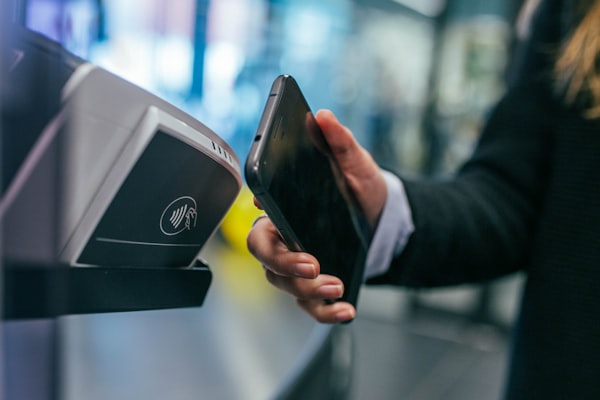There are certain aspects of the global economy that are not completely understood by everybody. For instance, not all merchants know what qualifies them for level 3 processing or what are the risks associated with becoming an ecommerce merchant. These things could just as well be related to quantum mechanics. But with some serious research anybody can understand them. The idea is that there is nothing to be scared of and knowing that there are a lot of sites and companies that deal precisely with helping businesses understand what are their options. All any merchant has to do is reach out and contact them.
What Are the Benefits of Level 3 Processing?
In a world where the global economy influences every single merchant, it is very important that every business owner know what their options are at any moment. And the most important options come from the amount of data processed. Processed credit card data has become a commodity in itself, and can make the difference between success and failure for a company. Because of this, and because of the sheer volume transactions being made on a daily basis, new incentives have been created for merchants, according to their processing capacity. These incentives have been split up into 3 categories, or levels, according to the amount of data a merchant has to offer in order for a transaction to be processed.
Level 3 processing is the highest level a merchant can reach. This means that, besides the information it has to offer for the first 2 levels, it has to offer something more in order to qualify. Level 3 processing also comes with the highest incentive of all. That is why this level is usually reserved for merchants that do a lot of transactions with governmental institutions or other large businesses. In order to achieve level 3 processing status, the merchant has to share information such as freight amount, order number and even destination postal code. All of this is also a security measure to ensure that the merchant and customer are both legitimate and that no illegal transactions are being made.
But obtaining the level 3 processing status does require a few special capabilities. Firstly, the data can’t be transferred on physical terminals. Lower levels may permit this, but for level 3 it is imperative that the transactions be made using a secured payment gateway, which means that the information has to be processed using this special gateway in order for the transaction to be approved. This is why not all merchants qualify for this level. Also, the cards used have to be special. Not every card issuer can issue a level 3 processing ready card. This means that the security level on both the card and the gateway have to be at a superior level in order to match level requirements.
What Are the Risks for an Ecommerce Merchant?
Becoming an ecommerce merchant (https://www.bams.com/e-commerce-merchant-account/) is one of the easiest ways of getting your business started. All you have to do is create your account on one of the many platforms out there and start building up your customer base. This is because doing everything online really saves time and energy, and makes thing easier for everybody involved in the process. The benefits of becoming an ecommerce merchant are numerous, the biggest one being the fact that you can have a potentially global reach. Another big advantage is that you don’t have to invest very much in order to get your business started. You can use platforms and gateways that already exist and offer their services.
But just because it is easy to become an ecommerce merchant doesn’t mean that there are no risks associated with it. The biggest risk an ecommerce merchant faces is that of hackers and data theft. Although platforms and gateways are designed using powerful security algorithms, which keep updating all the time, data leeks aren’t an uncommon occurrence. A lot of people, both business owners and clients, have suffered from these leeks and have had data stolen from them. Many have also lost money and valuable information which can be used against them or which can be sold to third parties in order to exploit it.
Another major risk associated with being an ecommerce merchant is the way you get your money. Although gateways are designed to interact seamlessly with credit card processors and banks around the world, from time to time there might be some hick-ups along the way. Transactions might get blocked due to differences in monetary exchange rates or settlements between banks can take up to several days or even longer, depending on various international laws. This is why, when deciding to become an ecommerce merchant, one should get ready to face some setbacks.
But all of these risks can be managed. One way to manage them is to make sure that the security protocols used by the platform you are on are updated. This usually means checking security measures for other platforms and comparing them to your own. Although this can sound like a lot of work for an ecommerce merchant, it is worth it in order to know that your customers, and their data, are safe. Usually, the platforms send out emails announcing any modifications to their security protocols and policies, and even regarding data breaches. But for some merchants that might not be enough in order to help them sleep soundly at night.
Another way of making sure you are a successful ecommerce merchant is to build your own website. This might not be the best move for a novice, but it certainly should be something a weathered merchant should look into at some point. The main advantage of having your own website is that you call the shots when it comes to security. That also means that you are responsible for anything that might happen to customer information, but you also can invest in security as much and as often as you want.





